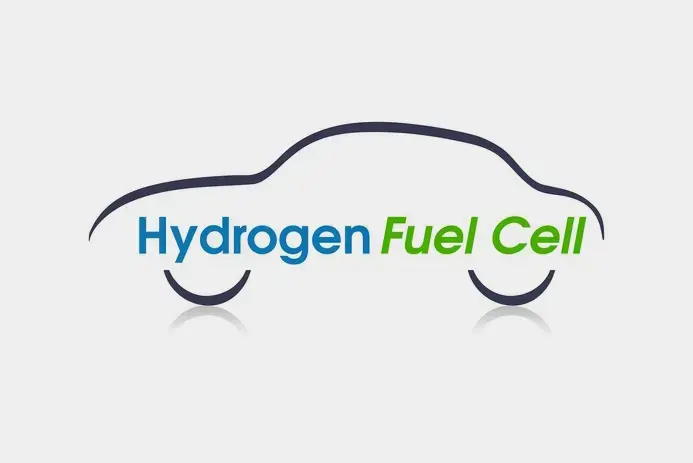Accurate pressure measurement plays a key role in the development of fuel cells for vehicles. Only with high-quality sensors can efficiency, lifespan, and performance be optimized.
While electric and hybrid vehicles have long entered the mass market, hydrogen fuel cells are still at the beginning of their broad application. However, they offer the potential to combine emission-free mobility with high range – provided that central challenges like pressure management and system efficiency are mastered.
How does a PEM fuel cell work?
The so-called PEM fuel cell (Proton Exchange Membrane Fuel Cell) generates electrical energy through the chemical reaction of hydrogen and oxygen. The basic structure consists of several hundred individual cells connected into a stack. Hydrogen flows to the anode, air to the cathode – since a single cell only produces about 1 volt, connecting them in series increases the voltage.
At powers above 10 kW, operation often involves increased pressure to enhance power density. This requires precise pressure management – for both air supply and hydrogen inlet – to maintain the fuel cell's optimal operating range.

Figure: Schematic layout of a PEM fuel cell system. Source: James Larminie, Andrew Dicks, Fuel Cell Systems Explained
Challenges with charging
Higher pressure intake leads to better performance – through reduced activation losses at the cathode (according to Nernst equation). However, this comes at the cost of system efficiency, as the air compressor itself consumes energy – often up to 20% of total power.
An optimal pressure level must therefore be individually tuned to stack size, temperature behavior, and water management. Precise pressure measurement data are essential for this – forming the basis for control algorithms and efficiency calculations.
Pressure Measurement in Fuel Cell Systems
Typical operating conditions for a PEM fuel cell are between 50 and 90 °C and pressures up to about 3 bar. Higher pressures increase power density but can also cause thermal and water-related issues. For realistic testing, precise pressure monitoring is therefore necessary – especially for prototypes and early series development.
Sensors like the ATM.1ST from STS are ideally suited to provide accurate pressure data under these conditions. Its advantages include:
- High accuracy in low and medium pressure ranges
- Stable readings at elevated temperatures (up to 125 °C compensated)
- Robust design for test benches and H2-related applications
Data basis for research and design
Measuring pressure with high-quality sensors allows detection of parasitic losses, analysis of idle voltages, and refinement of control strategies. Only with these values can fuel cell systems be operated efficiently and durably during vehicle operation.
Since many models are still tested at the laboratory level, pressure measurement plays an overarching role. As technology matures and market readiness increases, these data will eventually feed into adaptive control systems – enabling the next generation of more efficient hydrogen vehicles.
Conclusion
The future of mobility is also a question of measurement technology. In fuel cell development, precise pressure sensors like the ATM.1ST are crucial for increasing performance, minimizing losses, and extending cell lifespan – from laboratory to series application.
